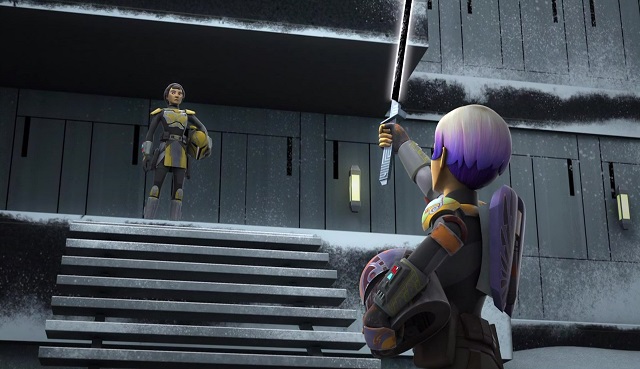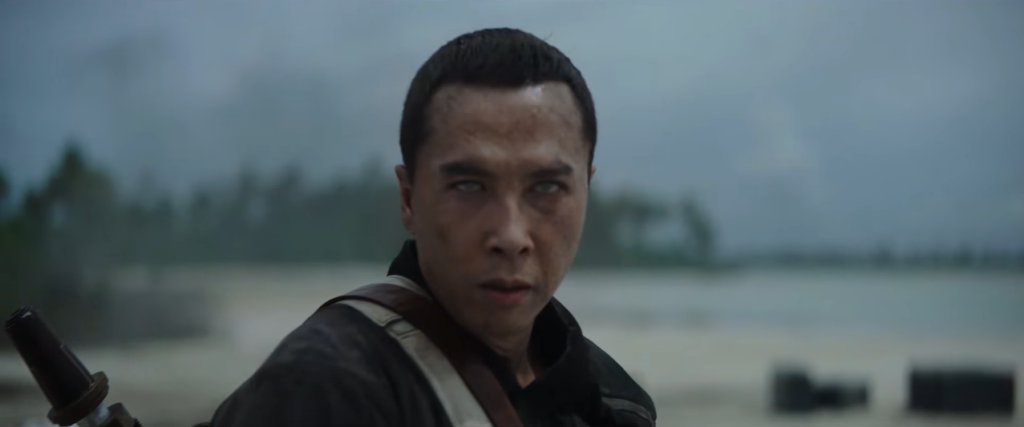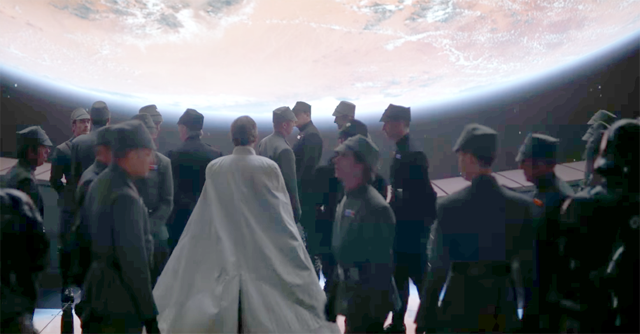Second Look is Eleven-ThirtyEight’s biannual tradition of highlighting some of our most interesting pieces from recent months. Every day this week you’ll find a different older piece back on our front page for another moment in the spotlight. – Mike, EIC

Star Wars Rebels has just wrapped up its third season with the biggest Empire-versus-Rebellion showdown we’ve yet scene from the show. Prior to the episode, speculation swirled around the promised battle, with many wondering just exactly how the rebels we know and love are going to make it out of this one. And, inevitably and tiresomely, spirited discussion sprang up around which Ghost character would die in the ensuing conflict.
It’s not the first time there has been speculation around a major character dying in the show. Like clockwork, the closer we get to a season finale, the more discussion there is about why someone on the Ghost needs to bite it. Rex and/or Zeb needs to go out in a blaze of glory. Kanan needs to die for pathos and so the fandom can make tragic fics about Hera. Ezra needs to die because of a thousand and one reasons (the main one being that the majority of the older fanbase finds him irredeemably annoying). They all have to die because we don’t see or hear anything about them in the original trilogy. Inevitably, it all comes down to fans wanting to see that things are different, that the rebels have finally faced a serious threat and come up short and now have to find a way to overcome.
And yes, that’s certainly a good (and necessary) narrative to explore. After all, it’s not exciting if your heroes never face any serious challenges or defeats. But why is it that we automatically go to “major character death” as the best way to show the severity of a threat or to shake up the status quo?




